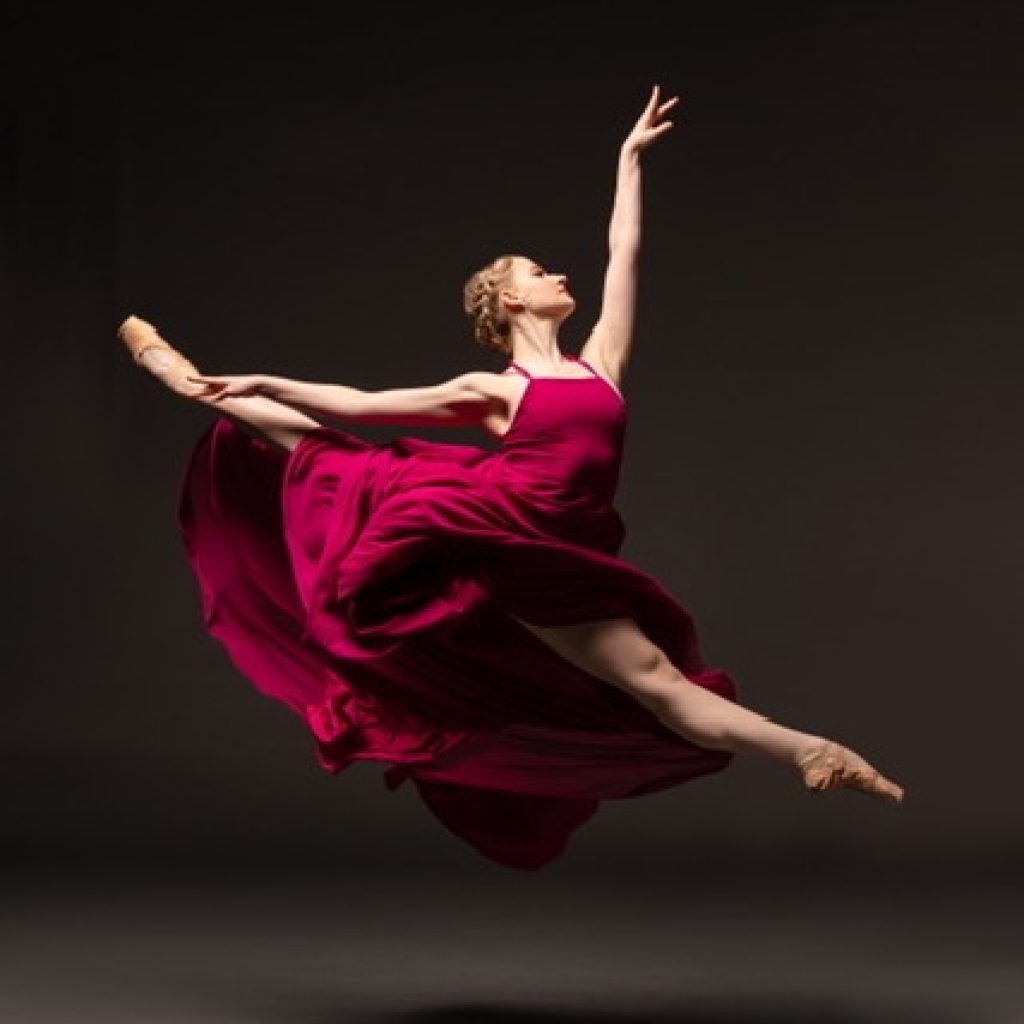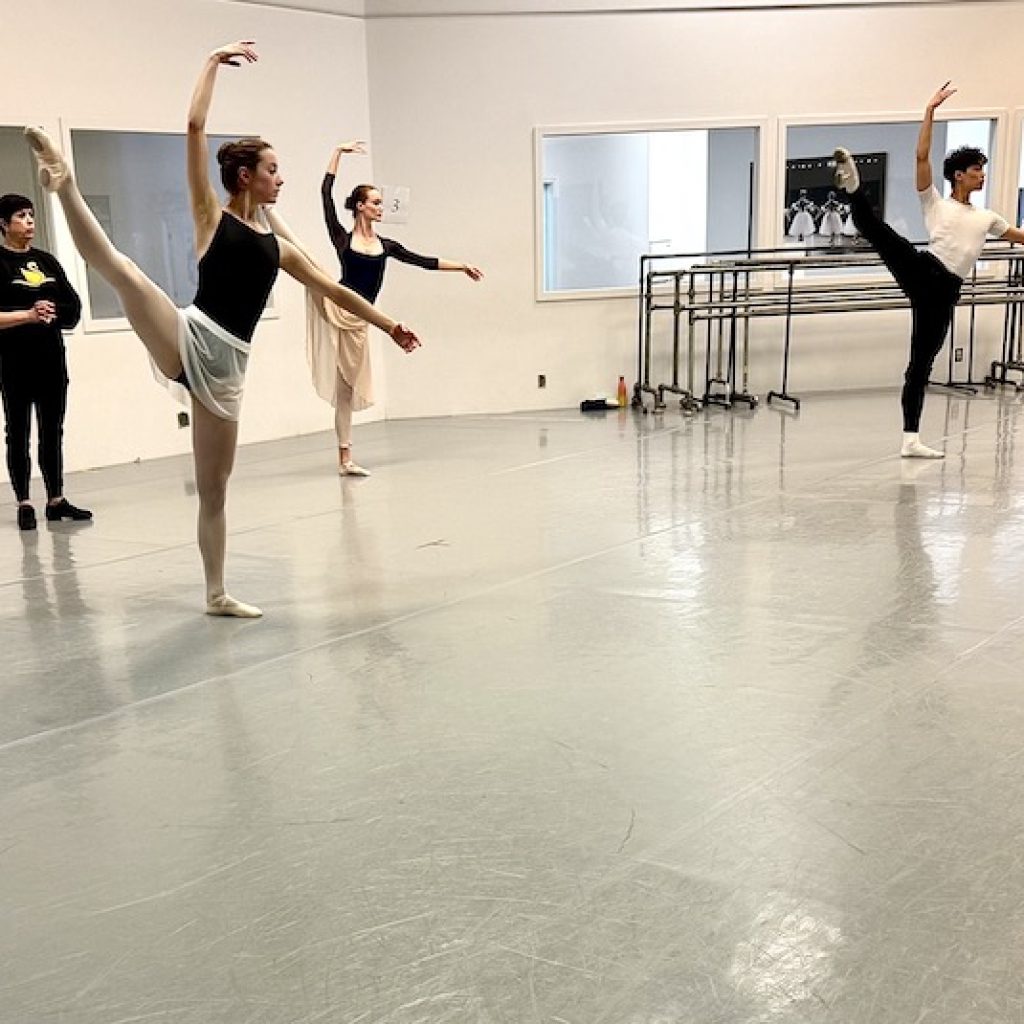Many starry-eyed college students aspire to knowledgeable ballet profession with the dream of being paid to do what they love. Nice sacrifices are made to realize these targets: hours upon hours spent coaching, lacking social actions, withstanding sore muscular tissues, sprained ankles and plenty of blisters. All the blood, sweat and tears are price it when one is rewarded with a full-time firm contract. It doesn’t occur by magic; it takes ambition, cautious planning, and savvy navigation via the ins and outs of the forms of a ballet firm.
Intensive coaching applications
Most aspiring college students examine in intensive coaching applications all through their education. Giant, well-established establishments sometimes provide complete pre-professional applications (in addition to leisure, much less intensive tracks). By the point a severe younger dancer begins highschool, they’ve normally been vetted by noteworthy applications and invited to review of their skilled divisions. These divisions could be fairly intense within the degree of coaching, with courses six days every week, along with rehearsals and performances. There are tuition charges and, for a fortunate few, scholarships.
Trainees
The following step is normally a trainee place with an organization, generally known as a second firm. Trainees are sometimes current graduates from ballet faculties or conservatories. They take superior courses in addition to rehearse with an organization, filling in corps positions for ballets like The Nutcracker and Swan Lake. Usually the positions are unpaid or provide a small stipend with a modest shoe funds. Some establishments cost tuition. The final word aim is for the dancer to achieve expertise and publicity, with the opportunity of being promoted to apprentice degree.
Melissa Bowman is the inventive and academy director of Montana Ballet Firm. She has beforehand served as assistant principal of the ABT Jacqueline Kennedy Onassis Faculty and academy director of the Houston Ballet Academy. She has taught dancers of all ages and guided many proficient people to firms everywhere in the U.S. Her personal path to skilled dance got here at age 15, with a private invitation by Mikhail Baryshnikov to audition for American Ballet Theatre. That may be a extra meteoric path to an organization, and he or she advises her personal college students to pursue a traineeship first. She believes it helps them enter the workforce with better confidence.
“The traineeships give each the dancers and administrators an opportunity to work collectively, construct a relationship and see in the event that they work effectively collectively,” Bowman explains. “The trainees ought to anticipate increased expectations from administrators as they progress. The traineeship is designed to organize you for these expectations, making certain you’re as prepared as attainable for the challenges forward.”
Tyleigh Baughman is a former dancer with Tulsa Ballet and presently an organization artist with BalletMet. For her, being in Tulsa Ballet II was time-consuming and like a full-time job. She shares, “I believe it might have been very tough to proceed faculty whereas being part of that program. I had deliberately sped up my education by switching to on-line programs in highschool and doing courses each summer time. I did this to have the ability to graduate earlier than becoming a member of this system.”
Apprentice
At this degree, the scholars are making the ultimate transition to skilled. Apprentices rehearse and carry out with the principle firm, filling in corps de ballet elements. They’re handled as firm members however should take some courses with trainees or college students. The apprentices are normally paid a small wage, and sneakers are supplied. The intention is for the dancers to show themselves to the administrators to allow them to acquire full firm contracts.
Baughman was supplied an apprentice contract with Tulsa Ballet after spending two years with Tulsa Ballet II. For her, the transition was a difficult expertise. She shares, “With how aggressive the ballet world is, particularly for girls, it’s already onerous sufficient attending to knowledgeable standing. I do assume my transition was fairly clean contemplating. I had quite a lot of nice instructors rising up who actually ready me, even earlier than my second firm days. We had firm rep as a category and set to work with some wonderful choreographers in the identical fast-paced setting that professionals do. I believe this was what ready me most, and with out that, I believe it might have been much more stunning.”
She does have some combined emotions about second firms and apprenticeships. “If they’re really used as a software then sure, I’m all for it! I’m fortunate sufficient to say my expertise did, in truth, assist me with my future endeavors, however I personally don’t assume that’s all the time the case in all places. I believe it’s straightforward to smack a label on dancers who perhaps are doing simply as a lot if no more work (mainly working as a full-time firm member); but since they’ve this label they’re being paid much less if something in any respect.” She feels this takes benefit of younger dancers. “The identical goes for issues like trainee applications. Do I believe they are often very helpful? Sure! I don’t assume it’s ever a ‘waste of time’ in case you are placing work into your self as a dancer, however… I undoubtedly advocate doing all your analysis on what these applications entail, and if it’s price it for you!”
Bowman provides thoughtfully, “From my expertise, the businesses are sure by what number of contracts they’ve for any given season. They could love a dancer, but when they don’t have an open contract, they can not rent them. Rejections like this will not be private. Till any firm offers you a contract, I might proceed on the lookout for different alternatives.”
What other forms of expertise do dancers want?
Dancers have to have life expertise. Bowman recommends engaged on comfortable expertise and studying find out how to deal with oneself in an organization. “Outdoors of method, dancers ought to know find out how to comport themselves in knowledgeable atmosphere, find out how to learn a schedule, and many others.” She provides that dancers typically face numerous psychological challenges, thus making a robust help system important. She talked about points comparable to efficiency nervousness, physique picture issues and stress as just some of the obstacles they could encounter. She suggests accessing assets like counselors, therapists and nutritionists, as they will present dancers with precious instruments to successfully handle these challenges.
Remaining suggestions
Bowman recommends that dancers know what they’re on the lookout for in an organization and trainee program. “Do your analysis and see what evokes you. Be tenacious and be taught as a lot as you may if you are a trainee and apprentice. Be open to new concepts.”
Baughman has some considerate recommendation for bold younger dancers: “Go for it! Audition in all places you’ll be able to, and be sure to do your analysis. Keep in mind that it’s a stepping stone to get you to your aim!”
By Mary Carpenter of Dance Informa.






